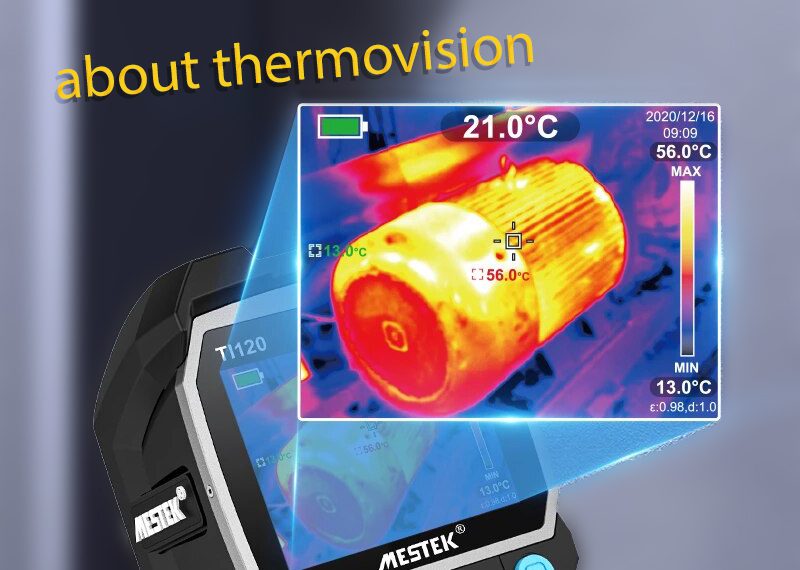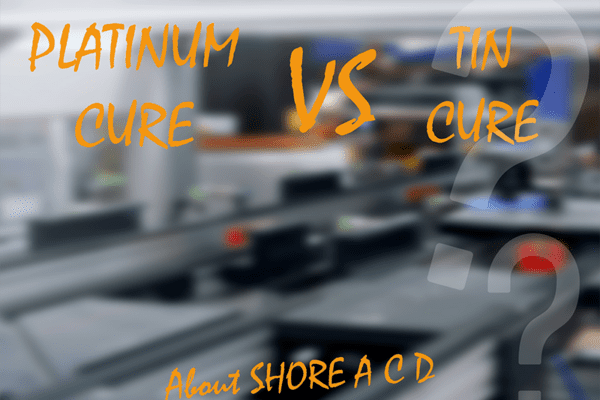Naujienos
Thermovision – how it works!
Everything we encounter in our daily lives emits heat energy, and ice is no exception. The hotter an object is, the more heat energy it releases. The heat energy emitted is also called a “heat signature”.
Thermal imaging, sometimes called thermography, is one of the methods of thermal inspection. This method usually uses non-contact detection of electromagnetic radiation in the mid-infrared band. Therefore, an infrared camera can capture the thermal radiation emitted by physical bodies at temperatures from approximately -40°C to +2000°C. Typically, thermal cameras record from -20°C to 400°C. One of the main advantages of thermal imaging is its non-invasiveness – it is possible to take temperature measurements in dangerous or hard-to-reach places. With the help of thermal imaging, it is possible to quickly diagnose the proper functioning of electrical and electronic components, industrial automation systems, the heating uniformity of objects such as machines, furnaces, etc. The basic thermal imaging device is a thermal camera or thermal imager, a non-contact, usually portable device that detects infrared energy (heat) and converts it into an image on the device’s screen. The thermal camera consists of a lens, a thermal sensor (matrix), electronics that process the measurements and a durable mechanical housing.

The resolutions of thermal imagers are low compared to conventional cameras or cameras because the thermal arrays in thermal devices must detect energy with a wavelength much longer than that of visible light. Nevertheless, in the presence of two, side by side, objects with different temperatures – they will be quite clearly visible to the thermal imager, regardless of the lighting conditions. This feature allows thermal imagers to be used in complete darkness, smoke-filled environments, or environments that are difficult to see for other reasons.
- Warm air leaks and cold air inlets
- Technological violations of window and door installation.
- Technological violations of heating works and materials.
- Locations and causes of condensation.
- Clogging places of heating systems.
- Leakage points of pipes and roofs.
- Malfunctions in the heated floor system.
- Places where mold and fungus can appear.
- Overheating points of electrical wires and connection contacts.
- And many other things.



